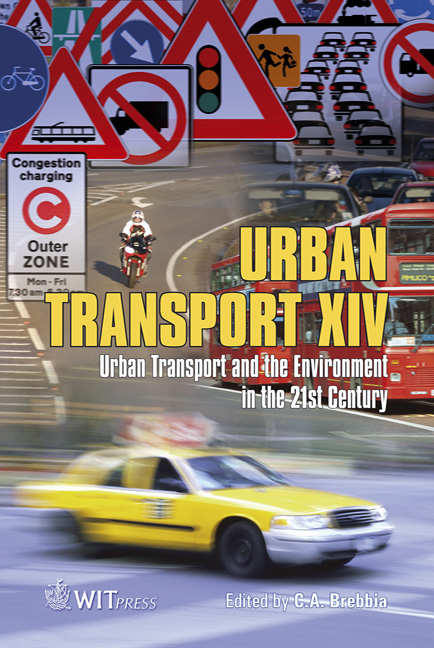Extending Activity-based Models Of Travel Demand To Represent Activity-travel Behaviour Of Children: Some Descriptive Results
Price
Free (open access)
Transaction
Volume
101
Pages
10
Page Range
609 - 618
Published
2008
Size
329 kb
Paper DOI
10.2495/UT080591
Copyright
WIT Press
Author(s)
T. Arentze & H. Timmermans
Abstract
This paper reports some descriptive findings of activity-travel behaviour of children. Summary statistics are compared with those pertaining to household heads. Significant differences are found between children and household heads on virtually all indicators. It suggests that activity-based models of transport demand need to systematically include the behaviour of children and their interdependencies with activity-travel behaviour of other household members. Keywords: activity-travel behaviour, children, household heads. 1 Introduction Activity-based models of transport demand have truly matured over the last decade. Several fully operational models have become available lately [1–6]. In contrast to traditional trip-based and tour-based models, these models allow transport planners and policy makers to consider a wider range of factors in scenarios (e.g., temporal factors). Furthermore, they are also able to predict activity-rescheduling behaviour of individuals/households in response to policyinduced or autonomous changes in space-time settings. In this paper we explore and propose an extension of activity-scheduling models to address one particular shortcoming of current approaches. Current activity-scheduling models focus on adult members of households (i.e. household heads) and do not represent the schedules of children or other persons living in households explicitly. This omission does not only reduce the sensitivity and power of the models, but also means that forecasts of travel demands cannot be readily made for an entire population. On the other hand,
Keywords
activity-travel behaviour, children, household heads.





